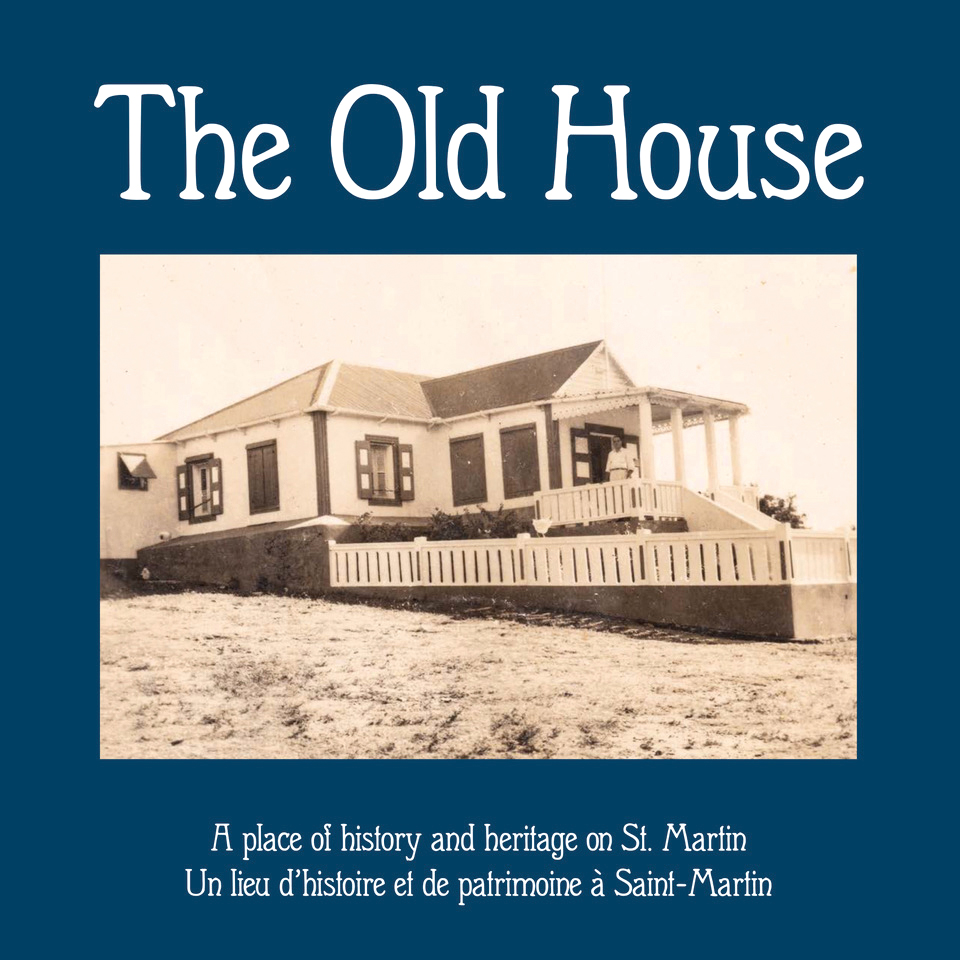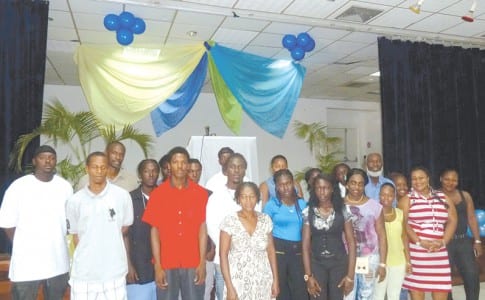Overlooking Coconut Grove in the Quartier d'Orléans, "The Old House" has been part of the history of the island of Saint-Martin for more than 250 years. Very few buildings from this era have survived until today. A new bilingual book published by the association Les Fruits de Mer, soberly titled “The Old House”, sheds light on this important site and the stories that surround it.
"In many ways, The Old House itself represents the history of Saint-Martin," explained Mark Yokoyama, the co-founder of the association Les Fruits de Mer. the know-how of many generations of Saint-Martinois, from those who laid the foundations in the 1700s to those who worked carpentry, tile and cement in the last century. The book includes a historical look at The Old House, which reflects the history of the island. During the colonial period, a variety of plants were grown by enslaved people for the benefit of slave families and colonial governments. During the Emancipation era, industry turned to salt production at Salines d'Orient, the salt pond in Orient Bay, which continued until the late 1950s. In 2000, the house itself became a museum developed and directed by Pierre Beauperthuy. The book explores various aspects of The Old House, from its architecture and craftsmanship to its role in salt production and its depiction in art. The book includes interviews with Elise Hyman, who worked at the Orient Bay salt pond in her youth, and Sir Roland Richardson, who created an engraving of the house and featured it in an early issue of Discover magazine . “Unfortunately, The Old House is one of the very few old buildings left on St. Maarten,” said Jenn Yerkes, President of Les Fruits de Mer. story, even more important. The destruction of two historic sites on the island already this year shows how vulnerable the local heritage is. When these ancient buildings are destroyed, history is erased. The history of slavery and the people involved is weakened. With fewer written records of their lives, the things these people built are a key part of their historical legacy. The history of the culturally rich traditional period between Emancipation and the rise of tourism is also lost with these buildings.” The book, in French and English, is available free online on the association's website (see info). A printed version will be made available in the coming weeks. _VX
Iinfo: www.lesfruitsdemer.com
4,185 total views












No comments